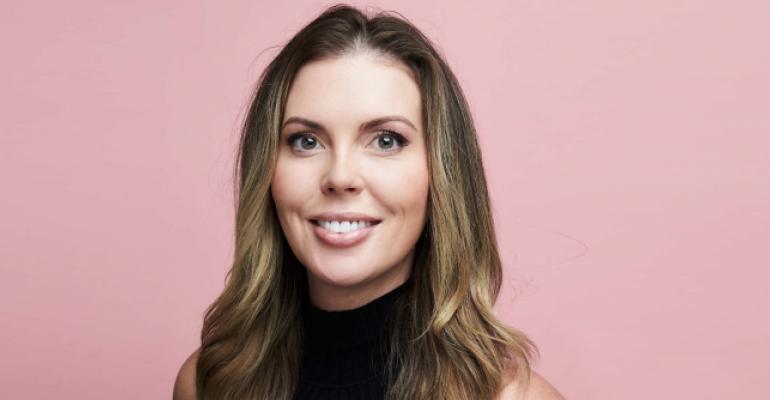Kate Patay, CPCE, has joined Terramar Northern California, a DMC Network Company, as director of engagement. She’ll be bringing a career of experience to the destination management company, working with clients and hotel partners in the San Francisco, Napa, and Sonoma, Calif., markets.
In recent years, Patay has helmed Patay Consulting and lectured at The International School of Hospitality in Las Vegas. She volunteers as chair of the Search Foundation, which assists event, meeting, and hospitality professionals in crisis, and as an ambassador for the Meetings Mean Business coalition.
On the occasion of her new role with Terramar, we asked Patay a few questions about engagement and conference design.
MeetingsNet: The quality of in-person networking experiences has become increasingly important for post-pandemic events. Do you have any advice for planners working to design meaningful attendee interactions?
Kate Patay: First and foremost, you’re not alone. There are great companies specializing in this right now to help create interaction through experiences that bond attendees. Whether it’s think tanks, curated tours, or mini-sessions in unique formats that deliver the message to guests in shorter, easy-to-digest snippets, there are ways to integrate sponsors and attendees with authenticity.
Make sure you include time in the program for attendees to gather organically in designated areas, and make it okay for them to step away if they need to attend to business. Create an agenda that’s flexible by working backwards off the goals of the program.
MeetingsNet: When it comes to engagement and return on experience, what is the most challenging part about delivering those results?
Patay: Being everything to everyone.
MeetingsNet: What’s the most memorable conference you’ve ever attended from the perspective of conference design, and what made it stand out?
Patay: At one memorable conference, the designers flipped the script and made the attendees the stars of the show—it was all about them sharing their journey and connecting. The organizer didn’t have a speaker talk at the audience for 45 to 60 minutes (that’s so 2016). Instead, subject-matter experts were there as “guides” to keep the sessions on track. It felt incredibly genuine.
Also, the event accounted for people coming from various time zones by having “grazing stations” throughout the day, so you ate when you were hungry, and industry celebrities made multiple appearances at different times so people had control of their schedules (and the celebrity didn’t get bombard by everyone simultaneously). Sessions were clear on the takeaways, timing, and expectations, and it seemed evident that speakers were well prepped to connect with the audience and the format.
MeetingsNet: What might someone be surprised to learn about you?
Patay: I’m the most flexible planner, in work and in life. I have a plan for everything, and my backup plans have backup plans, but if situations change (as they always do), I can easily adapt. It took a while to learn to be structured without being rigid.
I’ll eagerly discuss Taylor Swift, the latest book I’m reading, or travel over a meal that I’ve lovingly prepared, as I’m happiest when I’m feeding and entertaining people who aren’t afraid to show their enthusiasm for what they are passionate about.





